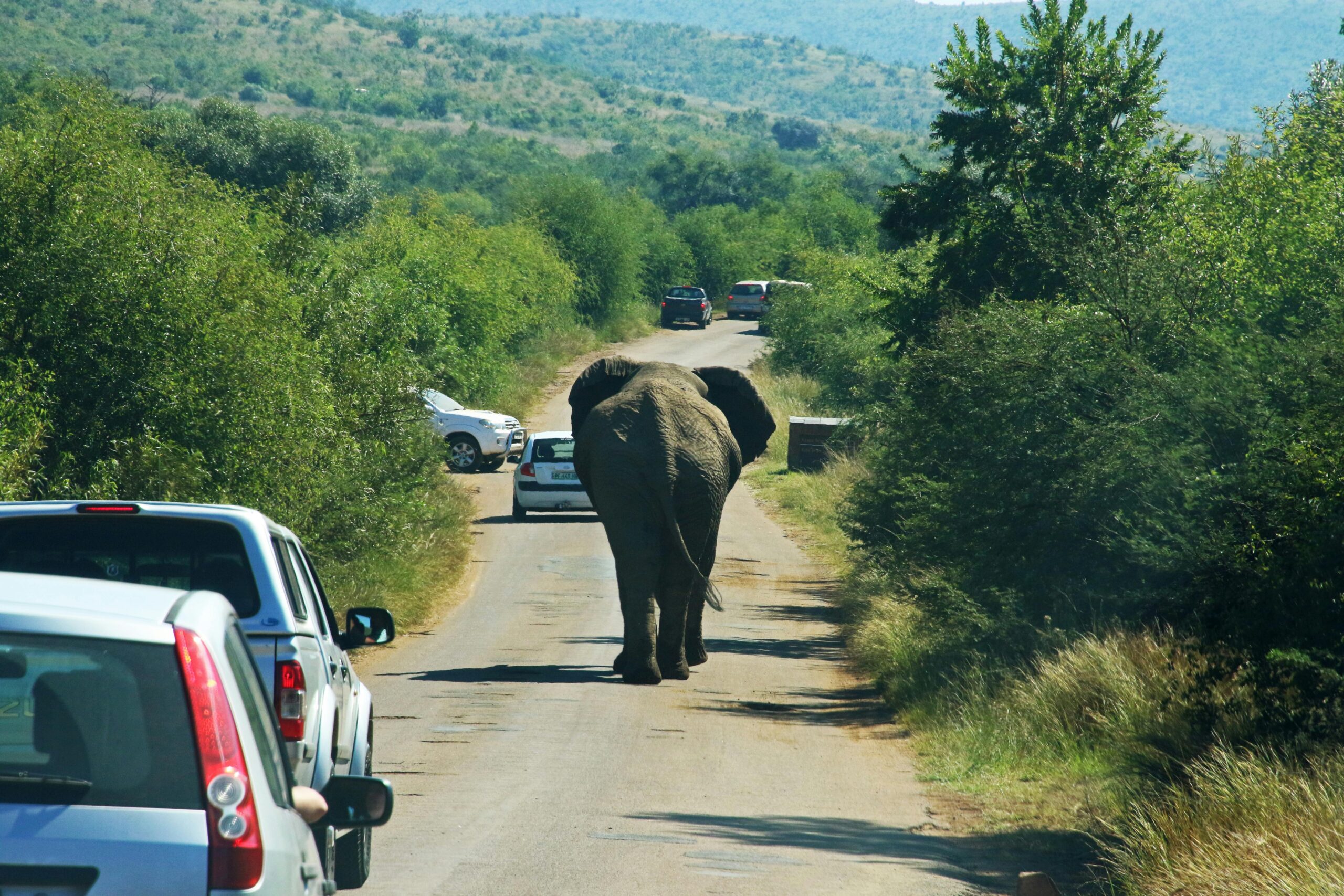PhotoCredit: Magda Ehlers.
In the story of human advancement, we frequently encounter the merging of separate worlds on the path of progress. One of these occasions was an early morning when an elephant, unaware that it would ultimately be her final day, stepped onto the railway track. Tragically, her journey was cut short as she encountered an oncoming train on July 10th in the Assam state of India. This incident is not an isolated one. Various statistics reveal a distressing pattern: this elephant was just one of many giant tuskers that have fallen victim to train collisions in India. Collisions with trains are ranked as the second most common cause of unnatural elephant deaths in the country, surpassed only by accidental electrocution. Official records indicate that over the past decade, more than 200 wild elephants have lost their lives to such collisions.
The endangered tuskers in India, which is home to around 30000 wild elephants, are facing a growing crisis. While about 30% of these wild elephants roam freely in expansive, unbroken forests, most are confined to increasingly fragmented landscapes. These shrinking habitats result from expanding human activities, particularly agriculture, which push elephants into human-populated areas in search of food. This encroachment leads to frequent and often deadly human-wildlife conflicts. Tragically, the most common cause of death for these elephants is electrocution, as they encounter power lines while navigating farmlands and other human settlements.
The issue at hand extends far beyond the tragic deaths of wild elephants. It encompasses a broader, more troubling trend of wildlife fatalities across the globe. Every day, we are confronted with reports of big cats falling prey to poaching, birds being shot, and various mammals being killed for diverse reasons like habitat destruction, hunting and vehicle collisions. These incidents are not isolated but part of a global crisis threatening countless species. Remarkably, although humans represent a mere 0.01% of all living things, our impact has been disproportionately devastating. Studies indicate that since the beginning of civilisation, human activities have resulted in the extinction of 83% of wild mammals and the destruction of half of all plant species. Our influence extends to every corner of the globe, affecting even the most remote and uninhabited areas. Our impact on the planet defines the current era, leading scientists to propose a new geological epoch: the Anthropocene: The Age of Humans.
An exceedingly important concern regarding the impact of humans on wildlife is our selective determination of which species can coexist with us. In addition to driving numerous species to extinction through overharvesting, habitat loss, bringing in invasive species, pollution and causing climate change, our activities significantly shape the composition of the remaining animal and plant populations. Currently, 70% of the global bird population comprises poultry chickens and other domesticated birds, indicating a substantial dominance of domestic species. Among the world’s mammal population, 60% are livestock, 36% are humans, and only a mere 4% remain wild. These statistics underscore the immense influence of human preferences and agricultural practices on the animal kingdom, resulting in a major reduction in biodiversity and widespread alterations to natural ecosystems.
A 2010 report by The Royal Society highlights that: “never before has a single species driven such profound changes to the habitats, composition, and climate of the planet.” The report further indicates that the current rate of species extinctions far exceeds any previously recorded in the fossil record. Scientists have recently suggested that Earth is undergoing its sixth mass extinction event, with billions of local animal populations at risk globally (Royal Society: “There are very strong indications that the current rate of species extinctions far exceeds anything in the fossil record.” – ThinkProgress).
Despite the environmental degradation we have caused, there remains an opportunity to reverse the damage through rewilding and regenerating nature, if we act fast. A prominent example is the remarkable increase in the population of wild cats, particularly tigers, in India. The tiger population surged from 1,411 individuals in 2006 to 3,682 in 2022, demonstrating a spectacular recovery. This success can be attributed to several measures, such as heightened vigilance, stricter anti-poaching laws, habitat restoration, and dedicated conservation efforts by the Indian Forest Department. The revival of tiger populations in India is a positive indicator of the return of the overall forest ecosystem health, reflecting successful biodiversity conservation strategies.
Another notable example is the restoration of the blue wildebeest population in the Serengeti, which was severely reduced in the mid-20th century to 300,000 due to viruses from livestock, causing overgrowth of vegetation, and frequent wildfires. Efforts to manage diseases among the wildebeest population helped them recover to over 1.5 million in less than a decade, restoring the ecosystem’s balance and its role as a carbon sink. Examples like these create hope and underscore the potential for similar rewilding and conservation projects to restore wildlife and improve the health of ecosystems.
In order to gain a comprehensive understanding of our impact on the environment, it’s crucial to shift our viewpoint beyond the human perspective. We must continue to study the behaviour and challenges of animals as they migrate, adapt to environmental changes, and face the threat of extinction due to human activities. By doing so, we can develop a deeper appreciation for the intricate interconnectedness of all life forms on our planet and work towards a more harmonious coexistence.

